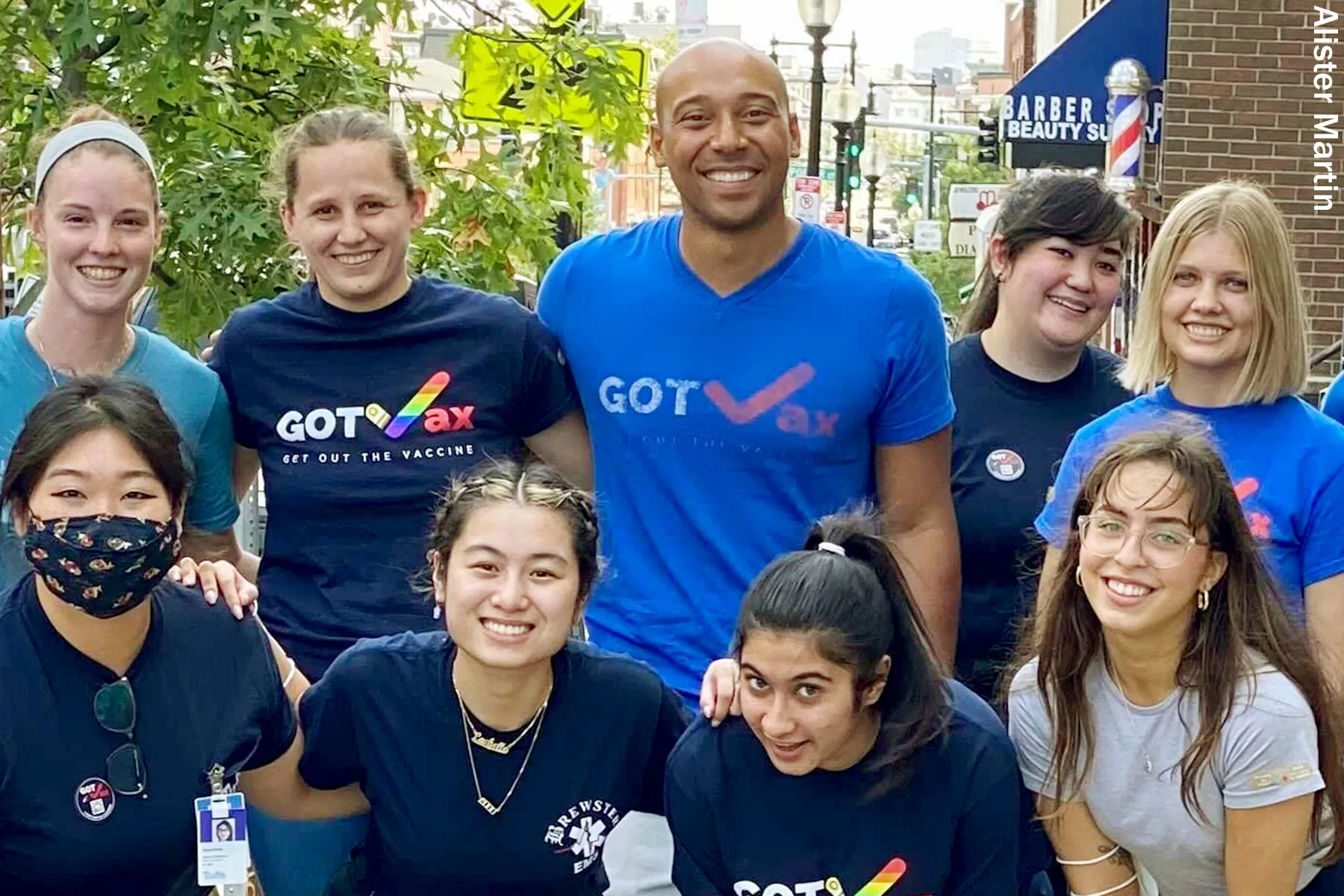NYC Rikers Closure Called Model for Shrinking Jail Populations
The road to closing New York’s infamous jail complex presents other opportunities for criminal justice reform, argue the authors of a joint report released by the Independent Commission on New York City Criminal Justice and Incarceration Reform and the Center for Court Innovation.

The planned closure of the Rikers Island jail complex presents an opportunity to reimagine — and reduce — New York City jail populations, argue the authors of a joint report by the Independent Commission on New York City Criminal Justice and Incarceration Reform and the Center for Court Innovation.
Titled “Closing Rikers Island: A Roadmap for Reducing Jail in New York City,” the July report incorporates original research and interviews with over 60 criminal justice professionals and advocates, culminating in a nearly 90-page summary of strategies to reduce incarceration.
“An emerging body of research indicates that the overuse of jail, while temporarily incapacitating people, can actually lead to more criminal activity and risks undermining the health of individuals, families, and entire neighborhoods,” the report reads.
“Jail also comes at tremendous financial cost: incarcerating one person on Rikers for a year costs a staggering $447,000.”
 Rikers Island Jail is scheduled to shutter by 2027 and be replaced by four smaller jails in Brooklyn, Queens, the Bronx and Manhattan. The report’s authors recommend the city’s next mayor build on this reform and other initiatives — like the elimination of much of the city’s cash bail system — to shrink the number of people behind bars.
Rikers Island Jail is scheduled to shutter by 2027 and be replaced by four smaller jails in Brooklyn, Queens, the Bronx and Manhattan. The report’s authors recommend the city’s next mayor build on this reform and other initiatives — like the elimination of much of the city’s cash bail system — to shrink the number of people behind bars.
Around 5,753 people were held in the city’s jails on June 1, 2021, compared to nearly 10,000 in 2016 and more than 20,000 on an average day in 1991. The reforms aim to accelerate this decline, as well as address the racial disparities that define nearly every aspect of the criminal legal system.
Black New Yorkers represent 60 percent of the city’s current jail population, accounting for 53 percent of people charged with a criminal offense and 24 percent of the city’s population in 2020.
Additionally, 85 percent of the jail population consists of people detained pretrial because they can’t afford bail or face an alleged parole violation stemming from a pending charge. Citing these rates — jailing people pretrial increases their likelihood of future arrest — the authors argue the city should adhere to its Ability to Pay Assessment Tool, which considers people’s ability to afford bail.
The Pretrial Release Assessment, which classifies individuals’ likelihood of making their court appearances according to an algorithm, would reduce racial disparities in bail-setting and incarceration, according to the report.
Case processing delays, which the pandemic has significantly worsened, also contribute to a buildup of people in jail awaiting trial. “Assuming pretrial reforms are put into place, improved case processing could reduce incarceration by approximately 500-550 people on any given day,” the authors write.
New York State law stipulates that anyone accused of a parole violation is automatically incarcerated. The Less is More Act, which has yet to be signed into law, would end the automatic detention of people accused of parole violations, restrict the use of jail for some violations and require a court hearing before a person accused of a violation could be detained. Taken together, these reforms could reduce the jail population by around 500 people on any given day.
To shrink the number of people serving jail sentences, the authors recommend replacing jail with rehabilitative alternatives, as well as expanding access to restorative justice programs and mental health services. Indeed, to reduce jail populations, long-term investments are required.
“City and state government should devote resources to help meet the housing, employment, mental health, and other fundamental needs of people returning from prison, thereby fostering conditions for lasting stability and safety in the community,” the authors write.
The authors also make recommendations specific to incarcerated people’s age, gender and health status. According to the report, people with mental health concerns, those over 55, and women, transgender and gender non-conforming people face disproportionate health risks, abuse and discrimination in jail. Particularly for people with serious mental health issues, the city should fund community-based residential facilities as alternatives to incarceration.
Women and people over 55 are statistically less likely than others, particularly men and younger men, to engage in future violence. Funding specific residential facilities — like the Women’s Community Justice Project, which diverts women detained at Rose M. Singer Center, a women’s prison on Rikers Island, to transitional housing — would better prepare women for life after prison.
Overall, the authors estimate that, if implemented, these strategies could reduce the city’s jail population from its current total of 6,000 to around 3,000.
But the authors are prioritizing more than statistics.
“Our goal of a more just New York City is not about reaching a jail population of any predetermined number,” the authors write. “It is to set out a path to long-term safety for all New Yorkers by elevating justice and equity, preventing crime, and reducing counter-productive incarceration by focusing on effective policies and investments.
“Delivering on the promise of these strategies and achieving the projected reductions in jail will depend on political will, robust implementation, and ongoing monitoring to track progress.”
The report was written by Michael Rempel, director of jail reform at the Center for Court Innovation; Krystal Rodriguez, director of law and justice policy at the Center for Court Innovation; Tyler Nims, executive director of the Independent Commission on New York City Criminal Justice and Incarceration Reform; Joanna Weill, senior research associate at the Center for Court Innovation; Zachary Katznelson, policy director of the Independent Commission on New York City Criminal Justice and Incarceration Reform; and Madison Volpe, research and data associate at the Center for Court Innovation.
The full report is available here.
Eva Herscowitz is a TCR Justice Reporting intern.

 Landwebs
Landwebs 






















